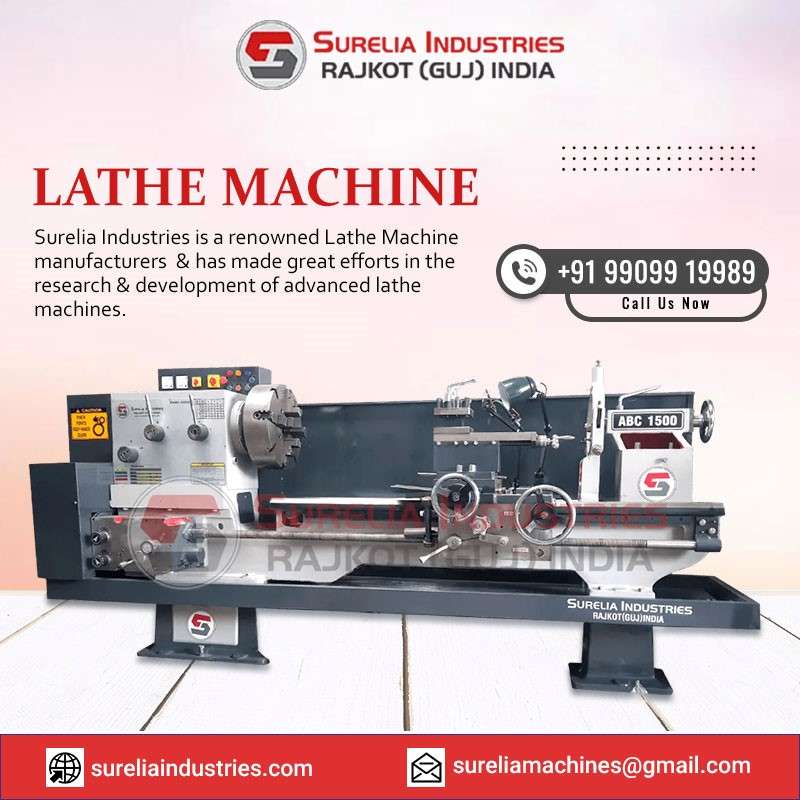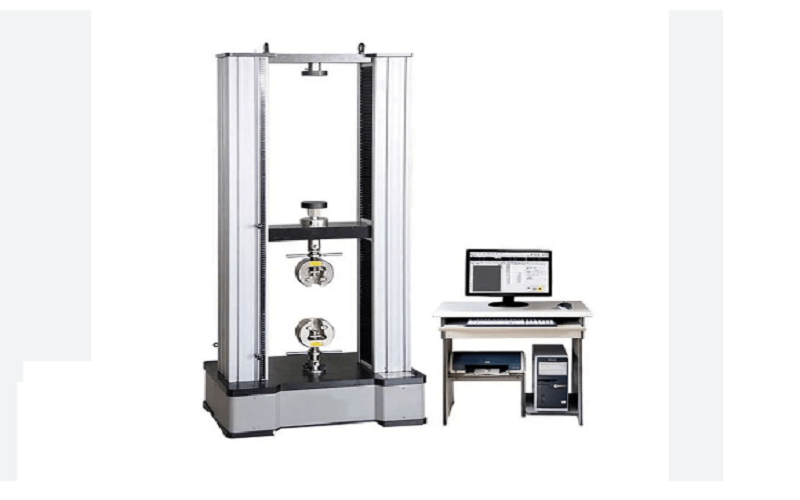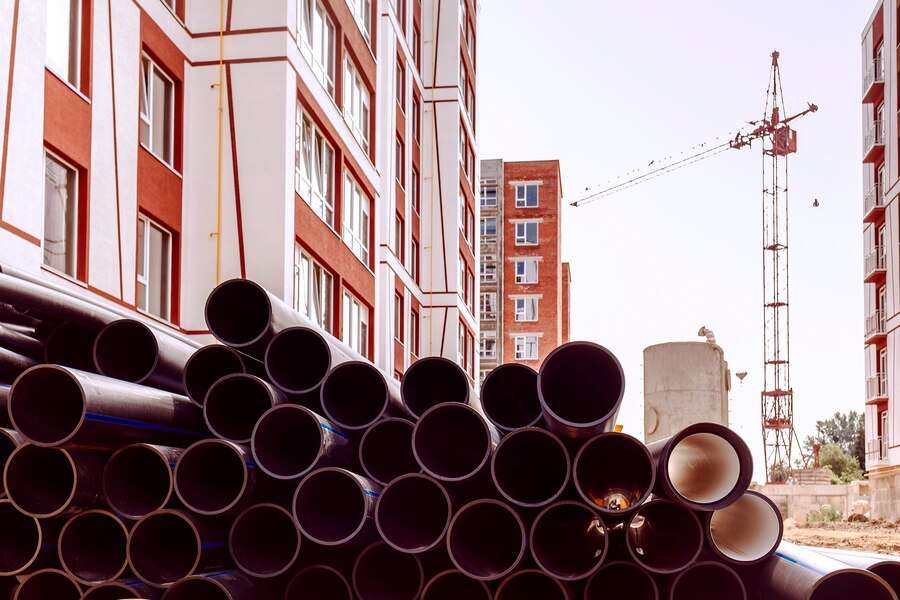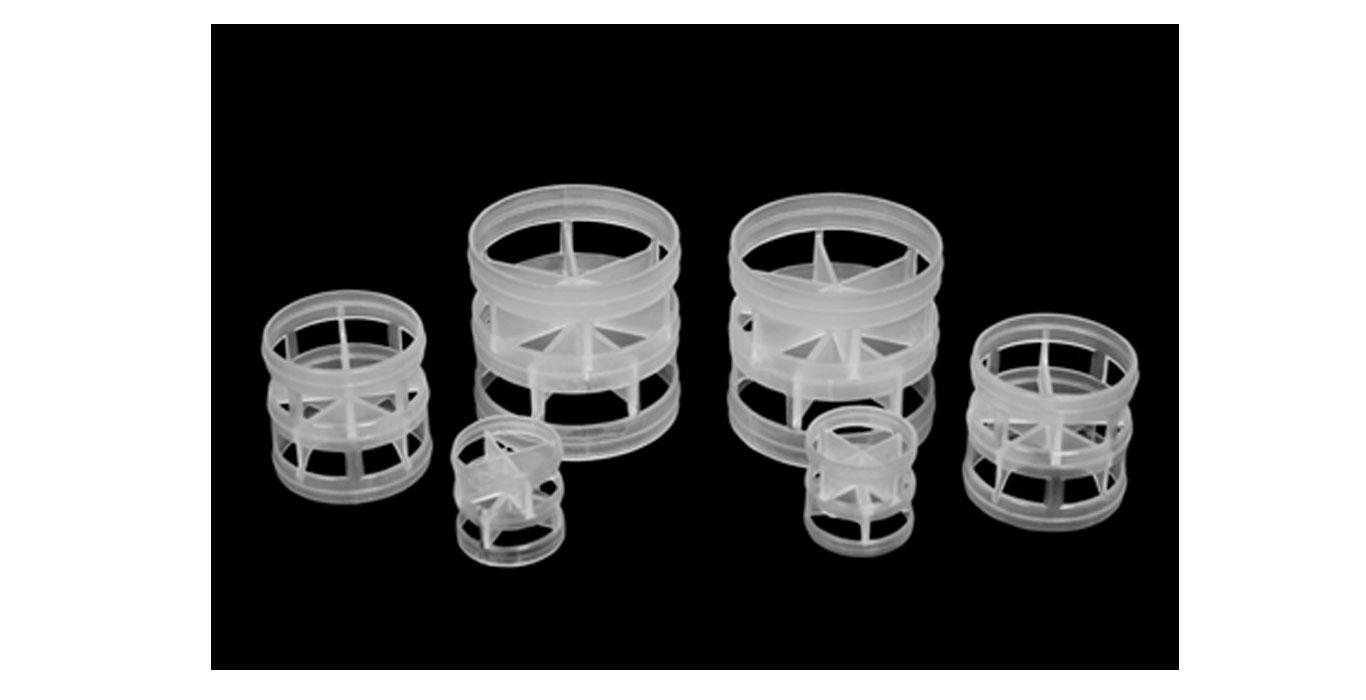A Lathe is a machining tool used to shape and cut diverse materials such as wood, metal, or plastic. The Lathe Machine consists of a clamped and rotating workpiece that is rotated against a cutting tool. The cutting tool is held in a tool post and can move along many axes, allowing for accurate shaping and cutting operations. They help with cutting, knurling, facing, and turning operations, among other things. They are considered one of the oldest machining tools, with origins reaching back to Ancient Egypt.
How Does A Lathe Machine Work?
Although there are various types of lathes, they all use a similar method in which the workpiece revolves against the stationary cutting tool. The purpose of a lathe is to remove material from workpieces by exposing them to a cutting tool. The workpiece is clamped to the lathe and rotates while pressing onto a cutting tool. The circular movement of the workpiece allows for the removal of material to be done quickly, efficiently, and precisely.
The lathes from the leading Lathe Machine Manufacturers in India are massive and sophisticated machinery with several individual components. For example, the component that holds the workpiece as it spins is the headstock. Lathes also include a tailstock that can be used to secure the workpiece. Tailstocks are often utilized for extremely large or lengthy workpieces..
Parts of a Lathe Machine and Their Function
The major components of a lathe machine are as follows:
- Headstock: The headstock is clamped on the left end of the bed. Its purpose is to transmit electricity to various areas of the lathe. It is made up of the bearings that allow the workpiece to revolve against the cutting tool. It also has a speed-adjusting mechanism for obtaining various speeds.
- Tailstock: The tail stock is a movable casting that is fastened to the end of the lathe parallel to the headstock. It is commonly referred to as a loose head and is used to install drill clamps for drilling center holes to support longer workpieces.
- Bed: The bed is the horizontal structure of the lathe on which the tool post and tailstock castings mount and glide as needed. Except for CNC lathes, almost all lathes have a bed. CNC lathe machines include a vertical beam to reduce swarf collection.
- Lead Screw and Feed Rod: A power transmission mechanism is the feed rod. It is utilized for precision carriage movement along the machine’s longitudinal axis. The lead screw is positioned for threading on a lathe. Not all lathe machines have a feed rod, so, the lead screw performs both duties.
- Carriage: One key component placed between the headstock and tailstock is the carriage. The carriage is in charge of guiding the tool bit as it cuts or manipulates the workpiece.
- Legs: The vertical components on a lathe that offer an elevated working surface are referred to as legs. However, lathes do not use any old legs. Because of their considerable weight, commercial-grade lathes typically have legs that bolt to the floor. The lathe will stay stable even under heavy load if the legs are bolted down.
- Cross Slide: A cross slide is a component on the top of a lathe machine that allows the tool bit to move back and forth.
- Saddle: The saddle is found on the top of a lathe. The saddle is technically a part of the carriage. It is responsible for supporting cross-slide movements and has a H shape.
- Apron: The apron is a lathe component that is clamped to the saddle. Its purpose is to house the gears, levers, and other components that push the cross slide. The apron, like the saddle, is an important component of the carriage, which, as previously stated, is utilized to guide the lathe’s tool bit.
Primary Applications of a Lathe Machine
In an industrial setting, lathes can be used for a variety of tasks. A lathe is available for nearly any material, from working on hardwood table legs to building baseball trophy top components. Several applications are listed below.
- Woodturning: Operators employ a range of tools to manufacture wooden things such as decorative table legs, baseball bats, wooden bowls, and platters. Using a lathe machine may provide them ease.
- Metalworking: A lathe machine can be utilized for this precise part that is created by a multistep procedure that requires distinct tools for each step.
- Metal Spinning: An automated procedure in which metal spins on a spindle as the operator works it using tools.
- Acrylic Spinning: This technique involves spinning acrylic on a spindle to create items out of acrylic; it is most commonly used to create the top components for trophies.
- Thermal Spraying: Combines the revolving spindle and the painting process; the paint adheres to the stock by operations that involve heating the paint components.
- Pottery: Using a potter’s wheel, artists can create a wide range of pottery pieces; though primarily produced by hand, craftspeople also employ tools.
Conclusion
Lathe machines are very efficient and can manufacture high-quality parts quickly and efficiently with the correct equipment and procedures. They are meant to be simple to set up and use. The lathe can be used to generate specific threads, angles, and forms, making them perfect and cost-effective equipment for creating parts for specialized applications.
Surelia Industries has a broad selection of lathes and a highly skilled staff of experts ready to meet your machining needs. We are the leading Lathe Machine Suppliers in India providing industry-leading services to customers. Additionally, we excel at creating high-precision components by using a variety of technology, tools, and procedures.










